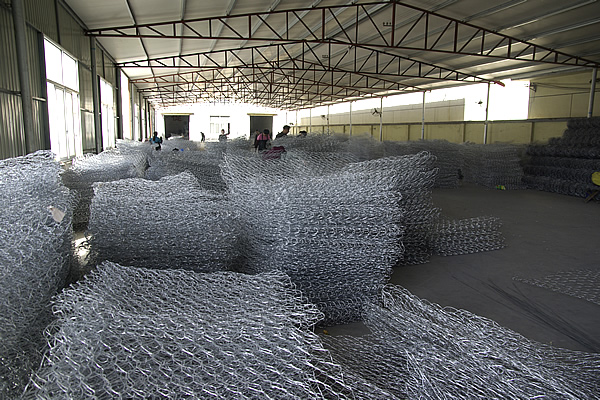 TEL:
+86-13102802206
TEL:
+86-13102802206
 Email:
fencenetting@china.com
Email:
fencenetting@china.com
 Language
Language
 TEL:
+86-13102802206
TEL:
+86-13102802206
 Email:
fencenetting@china.com
Email:
fencenetting@china.com
 Language
Language


Welding Cast Iron with Stainless Steel Wire
Welding cast iron is a unique challenge faced by many metalworkers and fabricators. Cast iron, known for its brittleness and high carbon content, does not lend itself well to traditional welding techniques. However, the use of stainless steel wire when welding cast iron opens up new possibilities for successful joints and repairs. Understanding the intricacies of this process is essential for achieving durable and functional welds.
Properties of Cast Iron and Stainless Steel
Before delving into the welding process itself, it is important to understand the properties of both materials. Cast iron is characterized by its excellent castability, high wear resistance, and good machinability. However, its high carbon content (typically 2-4%) makes it prone to cracking when subjected to the stresses of welding. This brittleness requires careful consideration of welding technique and filler material.
Stainless steel, on the other hand, has a lower carbon content and exhibits greater ductility and toughness. It is less prone to cracking and can endure significant thermal stresses. When using stainless steel wire as a filler material for welding cast iron, the combination aims to enhance the overall strength and corrosion resistance of the welded joint.
Preparing for the Weld
Successful welding of cast iron with stainless steel wire begins with proper preparation
. The surfaces to be welded should be cleaned thoroughly to remove any contaminants, such as grease, rust, or paint. This can be achieved using wire brushes or grinders, followed by a solvent wipe to ensure a clean surface.Next, proper joint design is critical. A V-groove or U-groove joint may be suitable, creating a larger surface area for the weld. Additionally, preheating the cast iron component is often necessary to minimize thermal shock. This can be accomplished using a propane torch or an oven, bringing the material to around 300°F to 500°F (150°C to 260°C). Preheating reduces the risk of cracking by allowing the heat to distribute more evenly during the welding process.
The Welding Process

When it comes to choosing the right welding technique, various methods can be employed, including TIG (Tungsten Inert Gas) and MIG (Metal Inert Gas) welding. TIG welding offers better control and is especially useful for thinner materials, while MIG welding provides higher deposition rates and is faster for larger sections.
In either method, the stainless steel wire should serve as the filler material. It is vital to select a wire that is compatible with the specific type of cast iron being welded. For instance, austenitic stainless steel wires like ER309L or ER308L are commonly used for their favorable characteristics when fused with cast iron.
When initiating the weld, it is crucial to maintain a consistent travel speed and arc length to avoid creating excessive heat that could lead to warping or cracking. The welder should also ensure a proper weld bead size is achieved to guarantee adequate penetration into the cast iron.
Post-Weld Considerations
Once the welding is complete, the welded area must be allowed to cool slowly to room temperature. Rapid cooling can exacerbate the risk of cracking. After cooling, the weld may require grinding or machining to achieve a smooth finish and eliminate any excess material.
In some cases, a post-weld heat treatment may be beneficial to relieve residual stresses and further enhance the joint’s mechanical properties. This should be done carefully, as improper heat treatment can negate the advantages of the stainless steel fusion.
Conclusion
Welding cast iron with stainless steel wire is an effective method for creating strong, corrosion-resistant joints. By understanding the properties of both materials, preparing surfaces adequately, and employing appropriate welding techniques, fabricators can achieve durable repairs and constructions. The integration of stainless steel into cast iron applications not only extends the life of cast iron components but also enhances their functionality in various industrial applications. With careful attention to detail, welders can successfully meet the challenges presented by these unique materials.